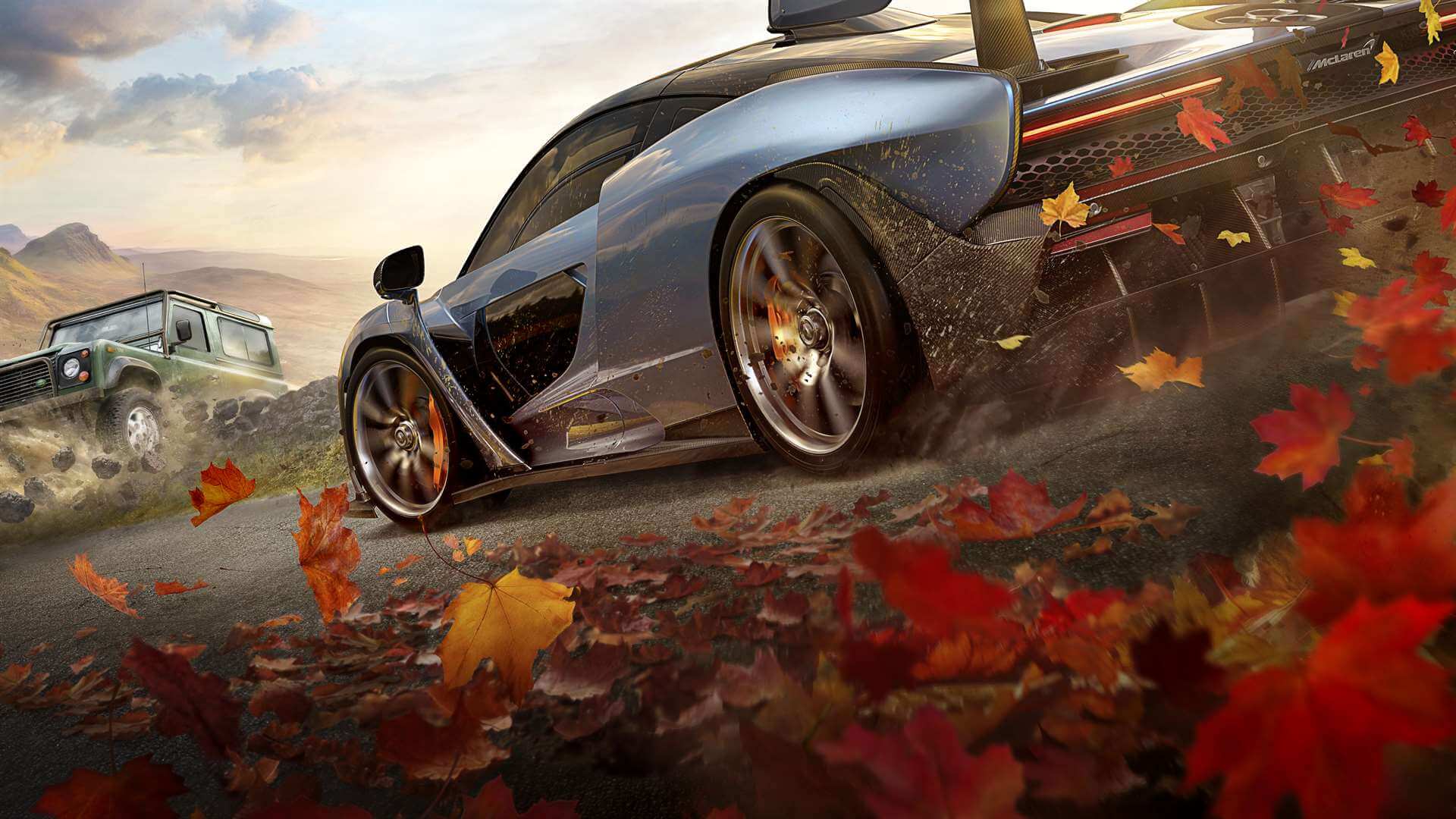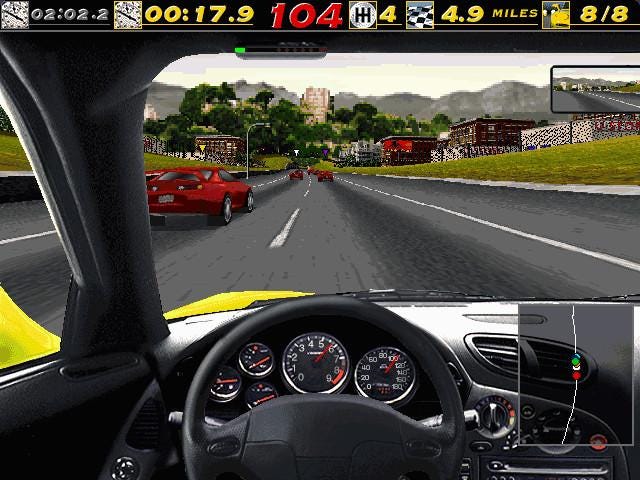Forza Horizon is Food for the Car Enthusiast Soul
It also feels like an increasingly rare experience in driving games

I have loved cars almost my entire life. I can’t say that I have a great mechanical knowledge, but I’ve always been fascinated by them. When I was in primary (elementary) school, I used to sit at the top of a large wooden climbing frame with my best mate, and we’d talk cars all through our lunch break. As we entered high school, we both collected car magazines — they were our bibles. After reading them cover-to-cover, we’d cut out the images of our favourite machines and plaster our school diaries with them. Eventually, I’d amassed three enormous stacks of Wheels and Motor in my closet. These columns of automotive decadence remained hidden away until after I moved out of home — I was never motivated to move them, partly because I couldn’t bear to give them up, and partly because I feared knocking them over; I’d likely have been crushed under their weight.
Magazines were just the beginning of my car obsession, though. I started high school in 1995, right after The Need for Speed launched on PC (I never played the original 3DO version). My family didn’t own a PC until the late ’90s, so the only way I was able to experience The Need for Speed was to visit my best mate’s house — this was perfect, because we could play the game and pour over the details of each car together. The Need for Speed was revolutionary. It was really the first game — certainly the first I was aware of — that genuinely attempted to approximate the feeling of driving, including the specific quirks of each vehicle. It wasn’t just that this was a great driving simulator, either. The game had been designed in collaboration with the team at Road & Track, the globally famous American car enthusiast magazine. As a result, it was possible to delve into the individual histories of each vehicle on the game’s roster. Here’s an example:
Source: YouTube.
This may not seem terribly impressive when viewed through a 2019 lens. But bear in mind that this kind of media wasn’t ubiquitous in 1995 — you couldn’t just jump on YouTube and watch videos about your favourite cars. Magazines and auto shows (the latter I attended with my dad almost every year without fail) were the only ways, generally, to get up close and personal with exotic cars. In between races, my mate and I would sit through another showcase, grinning from ear-to-ear.

In the early years of The Need for Speed, the focus remained very much on the experience of driving exotic cars. Yes, you were trying to win races, but in some ways that almost seemed incidental. Each vehicle sounded just like the real thing, and you could actually view the action from the driver’s seat, complete with a fully-digitised steering wheel and dashboard right in front of you. This was remarkable stuff. The whole thing was made even more droolworthy because you were typically driving on realistic roads rather than isolated racetracks. So, you’d need to weave in-and-out of traffic while enjoying the gorgeous scenery rolling past. It was glorious stuff.
Over time, the franchise (now just called Need for Speed), experimented with the formula. In my view, the absolute peak of the series was Need for Speed III: Hot Pursuit. The bullseye was still squarely aimed at the exotic cars and the thrill of driving them, but now it was possible to take down speeding vehicles from behind the wheel of your own police cruiser. My mate and I used to play split-screen on his PC; we’d take turns playing cat-and-mouse, until his mum would inevitably end the fun so that we could, you know…eat. Food seemed like a frustrating inconvenience that only stood in the way of more Need for Speed.
I must admit, I completely lost interest in the series after the third game. High Stakes and Porche Unleashed didn’t do it for me. I don’t think I ever played Hot Pursuit 2, but once the early ’00s rolled around, EA had gone in a very different direction with my favourite driving games. I remember enjoying Need for Speed: Underground, though not nearly as much as the first three games. And really, since Underground, it felt like the franchise had been sucked into the Fast and Furious abyss — indeed, many racing games for a good 10–15 year period seemed to gravitate around buzzwords like “rep”, “nitro”, “vinyls”, and “drifting”. It’s not that these late-night street-racing experiences weren’t interesting, it’s just that they had sucked the oxygen out of the room. They started to feel like games designed entirely by focus-group, where the experience revolved around being cool rather than simply being a car enthusiast.
Partly for this reason, I haven’t really played many racing games over the last few years. I’ve dabbled here and there, but I do find myself longing for those early Need for Speed days.
Just recently, though, I fired up my dusty Xbox One again — mostly because GamePass has given me a reason to dive back in and check out what’s on offer. After downloading and installing a billion updates, I had a browse on GamePass. Playground Games’ Forza Horizon 4 caught my eye.
That was about a week ago now.

I haven’t been able to get this game out of my mind since then. Although it’s thoroughly modern in very possible way, it reminds me so very much of the first few Need for Speed games — not in terms of specific features or anything like that, but in terms of the whole package being a triumphant celebration of cars and the thrilling experience of collecting and driving them in breathtaking locales.
The intro sequence alone is remarkable.
Source: YouTube.
It stylishly and seamlessly introduces you to the core gameplay mechanics as well as the various flavours you’ll encounter through the game — including the seasons, which each breathe new life into the landscape (and the driving experience itself).
As expected for a flagship Xbox franchise, Forza Horizon 4 reviewed very well. But this isn’t just a great racing game — it’s a masterful driving game. It’s an experience built for car enthusiasts, and it’s the first game in a very long time that brings back all of the emotions I felt playing those original Need for Speedgames.
Forza Horizon 4 manages to feel current and — dare I say — trendy, without this ever seeming like a concession. On this score, Horizon isn’t a follower, it’s a leader. It doesn’t merely present a cookie-cutter open world, for example; it lays out a stunning fictionalised Great Britain. The game space is a microcosm of Britain’s many beautiful locations, each lovingly crafted with obvious care and painstaking detail. As well, Forza Horizon 4 may be full of things to do, but very few of the activities feel throwaway in nature. Each event type is thoroughly unique, and there’s a great mixture here — one moment you’ll be engaging in an “off the books” street race, the next you’ll be engaged in an epic showdown with The Flying Scotsman. Racing the famous, historic train through the glorious British countryside (backed by a soundtrack that is better than it has any right to be) is nothing short of sublime.
So, although I’m looking forward to Need for Speed Heat, I can’t help but feel that most racing games (especially those that aren’t strictly based around track racing, like Gran Turismo or Forza Motorsport) are constantly dialled up to 11. It seems like there’s little space left for those experiences which don’t demand expert driving skills or which aren’t about some kid trying to prove themselves in an underground racing circuit.
In this context, Forza Horizon 4 is simultaneously boldly new and delightfully retro. It has become the flag-bearer of the style of game that Need for Speed used to be.
